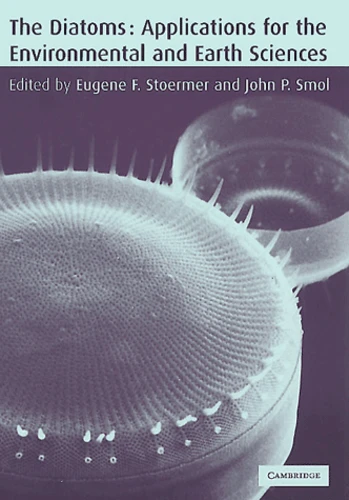The Diatoms: Applications For The Environmental And Earth Sciences
Par : ,Formats :
- Paiement en ligne :
- Livraison à domicile ou en point Mondial Relay indisponible
- Retrait Click and Collect en magasin gratuit
- Nombre de pages469
- PrésentationBroché
- Poids0.94 kg
- Dimensions17,5 cm × 24,5 cm × 3,0 cm
- ISBN0-521-00412-8
- EAN9780521004121
- Date de parution01/01/2001
- ÉditeurCambridge University Press
Résumé
Diatoms are microscopic algae which are found in virtually every habitat where water is present. This volume is an up-to-date summary of the expanding field of their uses in environmental and earth sciences. Their abundance and wide distribution, and their well-preserved, glass-like walls make them ideal tools for a wide range of applications as both fossils and living organisms. Examples of their wide range of applications include use as environmental indicators, for oil exploration, and for forensic examination. The major emphasis is on their use in analyzing ecological problems such as climate change, acidification and eutrophication. The contributors to the volume are leading researchers in their fields and are brought together for the first time to give a timely synopsis of a dynamic and important area. This book should be read by environmental scientists, phycologists, limnologists, ecologists and paleoecologists, oceanographers, archeologists and forensic scientists.
Diatoms are microscopic algae which are found in virtually every habitat where water is present. This volume is an up-to-date summary of the expanding field of their uses in environmental and earth sciences. Their abundance and wide distribution, and their well-preserved, glass-like walls make them ideal tools for a wide range of applications as both fossils and living organisms. Examples of their wide range of applications include use as environmental indicators, for oil exploration, and for forensic examination. The major emphasis is on their use in analyzing ecological problems such as climate change, acidification and eutrophication. The contributors to the volume are leading researchers in their fields and are brought together for the first time to give a timely synopsis of a dynamic and important area. This book should be read by environmental scientists, phycologists, limnologists, ecologists and paleoecologists, oceanographers, archeologists and forensic scientists.

